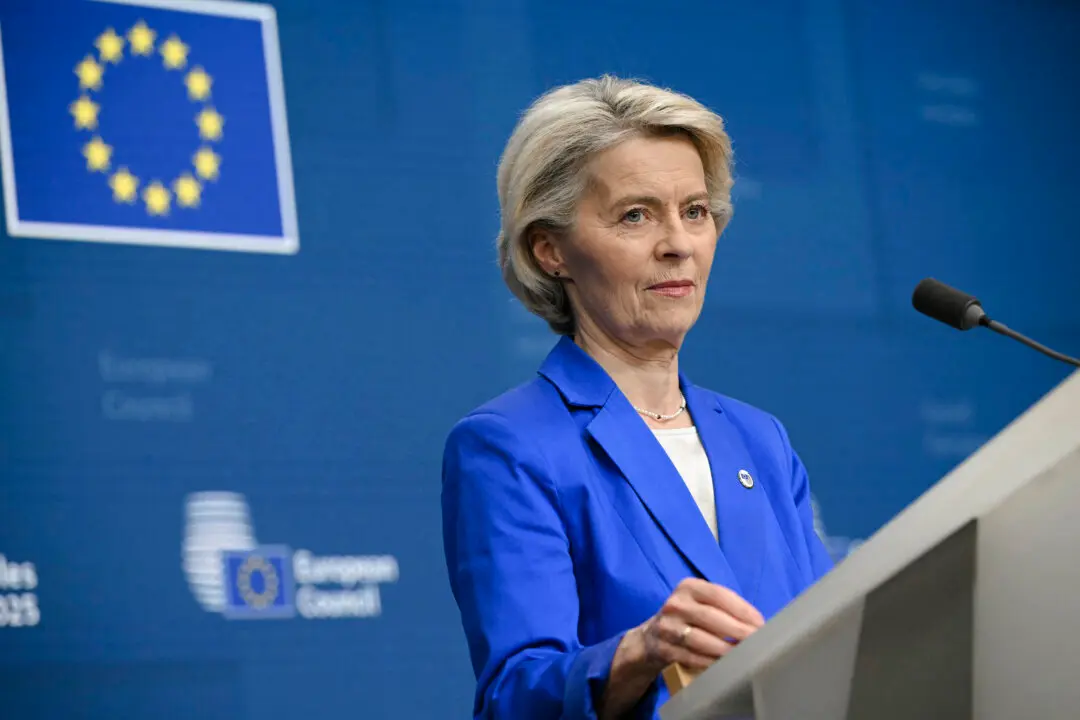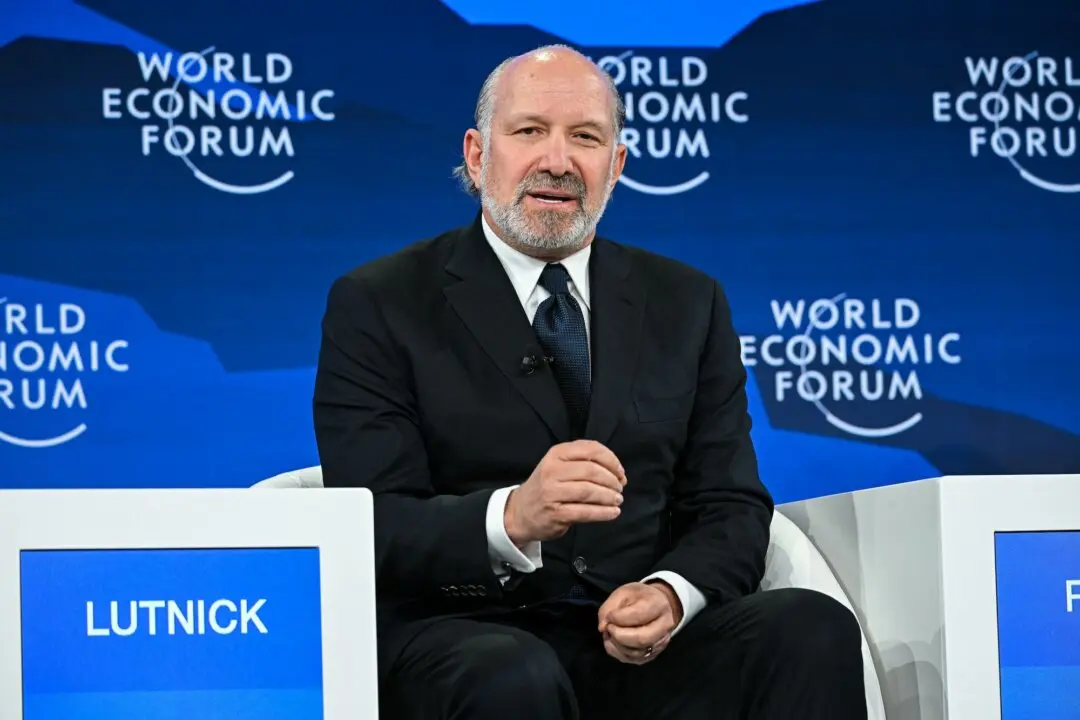Consumer prices in the United States and most other leading economies will rise faster than previously anticipated and will settle above pre-pandemic levels, the OECD said in its newest economic outlook, while urging central banks to set out clear strategies for managing inflationary pressures.
The headline rate of consumer price inflation is projected at 3.7 percent in 2021 on average in the Group of 20 leading economies, before rising to 3.9 percent in 2022, the Paris-based organization said in its September economic outlook (pdf). This is 0.2 of a percentage point higher for 2021 and 0.5 of a percentage point higher for 2022 than the previous May estimate.





